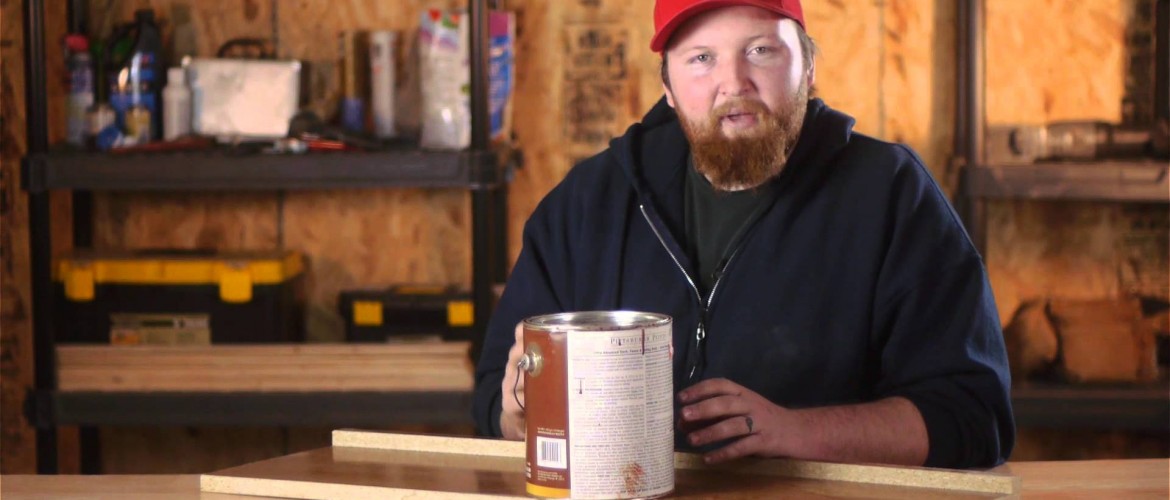Homeowners who are interested in DIY projects should understand about the difference of seal and varnish on finished wood projects. Wood is an organic material and it is consisted of millions of cells that form small tubes. When the wood was part of a living tree, these tubes carried nutrients to the upper parts of the tree, such as branches, twigs, leaves, flowers and fruits. Unfortunately, these tubes will cause wood to contract and expand depending on the local temperature. In a warm and very humid day, we could find timber gate, garage door and windows to swell and stick. It becomes a struggle to open and close them. It happens because the tubular structures inside wood absorb moisture and they swell. When, the weather is dry and cold, these wooden items will revert back to their original shape. Unfortunately, in some cases, they don’t come back to their original shape and we need to sand down the edges.
In this case, we need to add a special coating to minimize water absorption. The coating should also add an additional layer against possible damage. Varnish is available in different formulations, such as matte finish, semi gloss and gloss. Polyurethane varnish is often considered as the common variant. Varnish typically doesn’t penetrate into the wood and it could provide a protection against ambient moisture. However, varnish isn’t enough to protect the wood. Some moisture will eventually penetrate and the varnish layer will crack due to constant contraction and expansion. Sealer will be able to penetrate into the wood and it has lower viscosity compared to varnish. It is made from oils and resins. In general, we need to apply three layers of sealers on the wood. The first will penetrate the wood, the second will provide an extra protection layer and the third will withstand heat and moisture exposure.
We should be able to apply sealer on any timber surface, both in interior and exterior. For exterior use, we should also add UV stabilizers to protect against intense sunlight. In some areas, fungus and mold inhibitors are needed to prevent the spread of the organisms. We should make sure that the sealer meets our local climate conditions by checking the labels. By understanding these basic differences between varnish and sealers, we should be able to apply the appropriate type during our home improvement project. In many cases, sealers can be used on outdoor wooden surface, while varnish is better used for interior items. When using varnish and sealer, there are a number of things that we need to consider.
- We shouldn’t apply with paintbrush, because air bubbles may form, spoiling the finished look of our wooden surface
- When applying both coatings, we could achieve smoother finish by working away from the edge
- Apply enough coating. If we use too much coating, it will accumulate in the bottom causing unsightly dripping pattern and it will be more difficult to close or open windows.










Comments are closed.